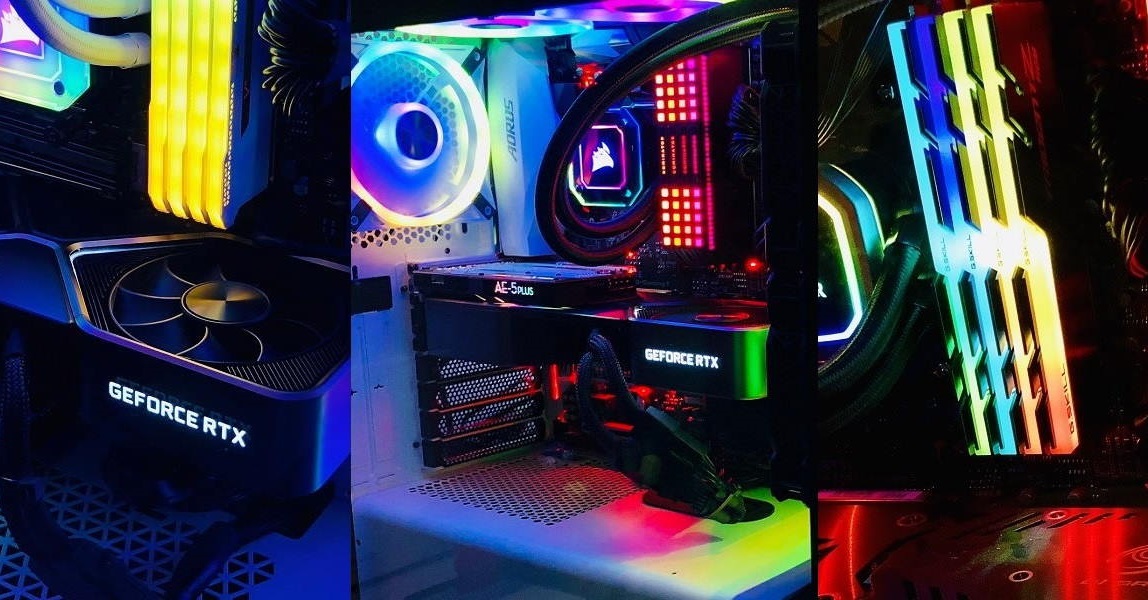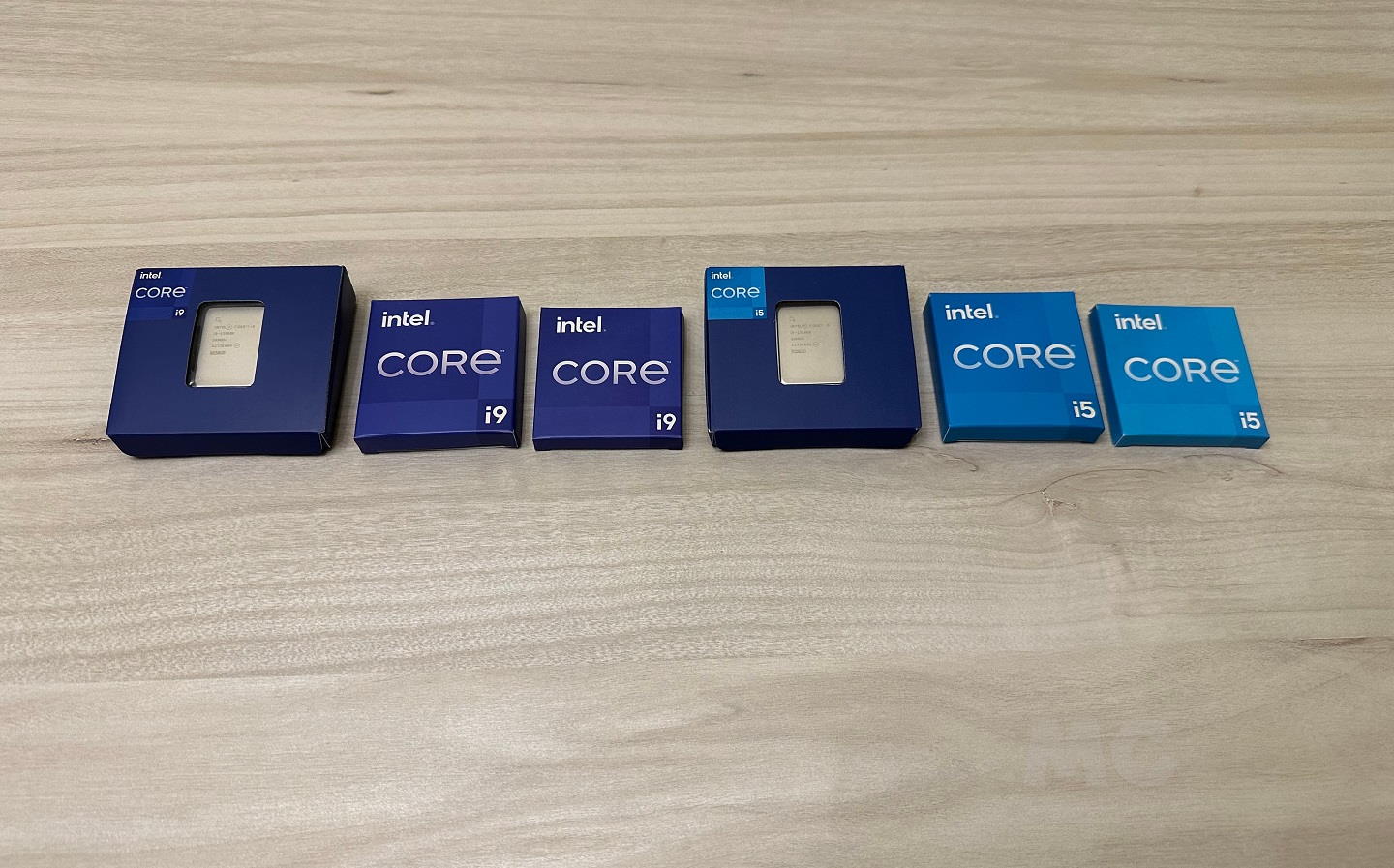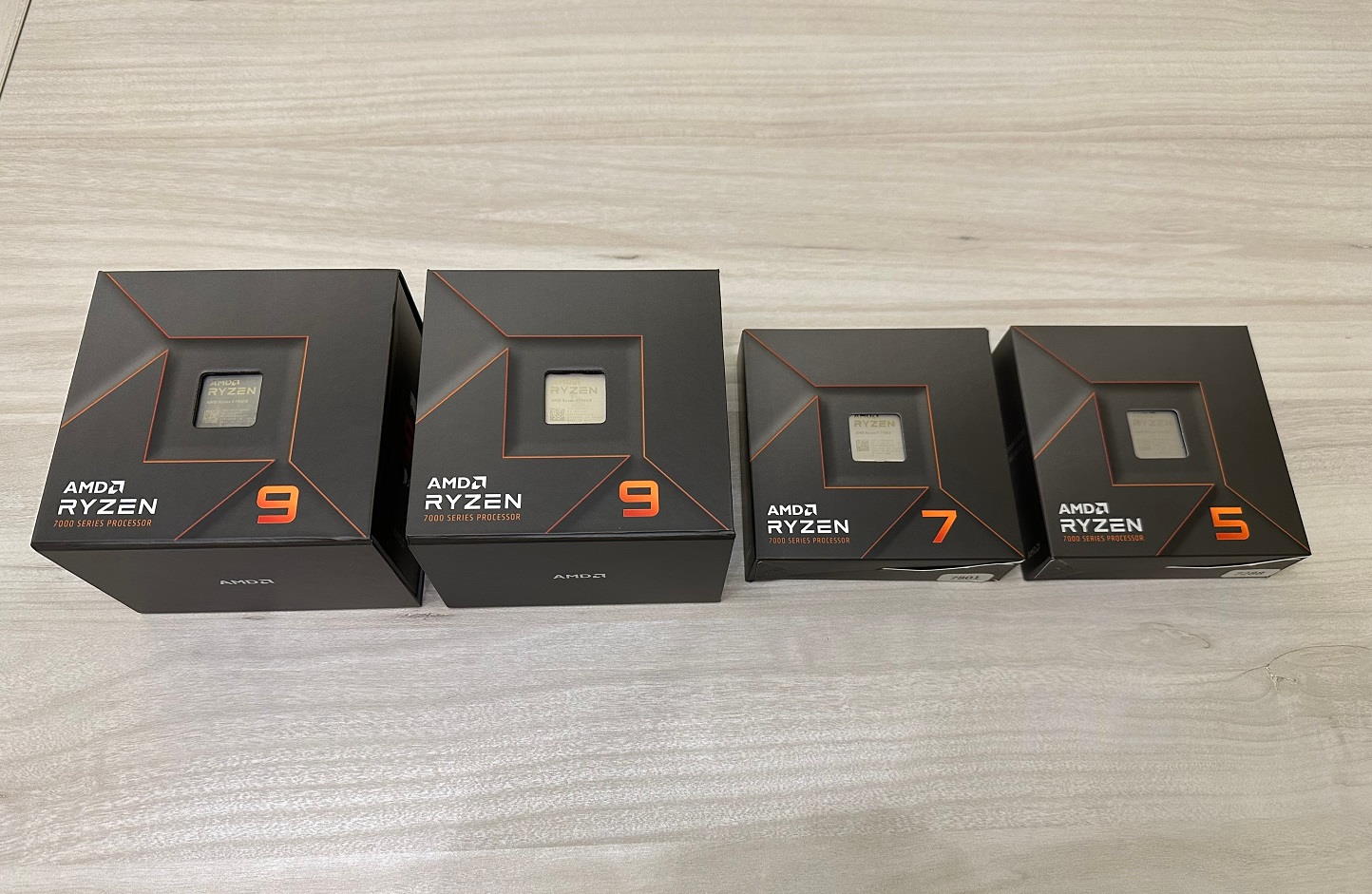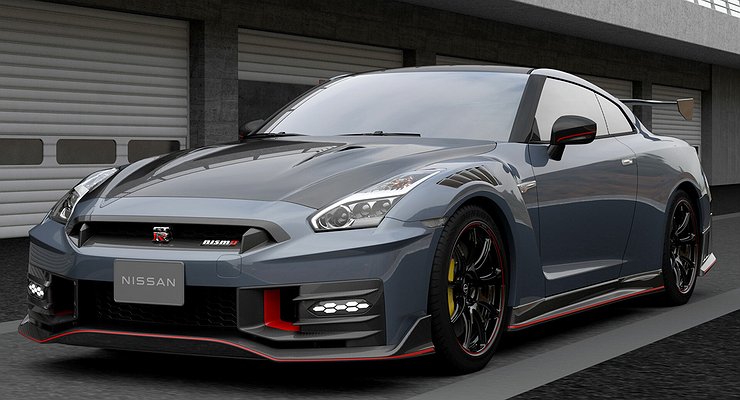Building a PC is a process that is divided into two very important parts component selection which we will use, and the other assumes assembly and configuration team. We might think that the second part is the most important and the most complicated, but the truth is that we should not underestimate the component selection phase at all, because the performance of the device, its capabilities and the price will depend on it.
If we make a mistake in the selection of components we may end up building a seriously unbalanced PC, or that it doesn’t have the necessary power to move the games we like or to perform certain tasks. There is also the possibility that we end up buying too expensive components that we don’t really need, and if that happens, we make an investment that we won’t be able to amortize even in the long term.
I’ve been in this world for many years and I’ve seen many cases of builds that had very good aesthetics and were built carefully and with excellent cable routing, but which terrible choice of components. One of the clearest examples was the example of a gamer who chose to ignore me and who thought it was better to combine a Core i7-10700K and a GeForce GTX 1660 Super instead of opting for a Core i5-10400F and investing the savings in CPU level on GeForce RTX 2070 Super.
In this article I will share with you a number of basic but very important tips that together They will help you make the right decision. when choosing the components you need to build a PC. I will not limit myself to gaming equipment, because I will approach these tips in a general, clear and direct way.
How to choose the right components for building a PC

1.-Think about what you will do with the PC and choose accordingly
The first thing you need to consider is what kind of use you will be using the PC and based on that you should be clear how you should divide the budget that you have For example, if you are going to build a PC for office automation, web browsing and multimedia, you will not need a powerful graphics card, in fact you will not even need a special graphics solution to enjoy a good experience, but if you will use it for gaming, yes, you will need to mount said component.
- If you are going to build a PC for office automation you can get by with cheap components and low-end, if you don’t go below the minimum configuration, which would be like this: CPU with two cores and four threads, 8 GB of RAM and SSD.
- In case you are going to build a gaming PC you will have to opt for more powerful componentsand avoid cheap solutions as they offer very poor gaming performance. You shouldn’t go down from a quad-core 8-thread CPU, 16 GB of RAM, the graphics card should be at the level of Radeon RX 6500 XT-GeForce GTX 1650 Super for a good 1080p experience, and SSD is also a must.
- For professional teams you will have to do a deeper analysis and evaluate what type of programs you will be usingwhat type of components will most affect its performance and how much RAM and storage you will need.
2.-Prioritize components, but without imbalance

It is very good to give priority to those components that will most affect the performance of the device and in those applications or programs that we will use, because it will allow you to better distribute the budget that you have, but we must avoid resetting and falling into absurd configurations. You should always stick to the minimum values to help you avoid component imbalances, which as many of our readers know can end up being a hindrance.
- On PC for office automation it would be nice to give some priority to the processor and RAM, but without falling into the absurdities of having a CPU with 6 cores and 12 threads, accompanied by only 4 GB of RAM and a 128 GB SSD. It would be better to choose a CPU with 4 cores and 8 threads and use the saved money to install 8 GB of RAM and a larger SSD.
- When choosing components to build a gaming PC You must prioritize a graphics card, but without giving up a number of basic points: to have a 6-core and 12-thread processor with good IPC, including at least 16 GB of RAM and a supplemented SSD.
- In the case of professional teams, you must prioritize the component that most affects application performance What else will you use? If you’re going to edit video or render, the graphics card should be your priority, but without creating an imbalance.
3.-Avoid unnecessary excesses, you will waste money

The components we use to build a PC are currently divided into three big categories:
- Low Range: groups components that have a low level of benefits. In general, this is an option that can be interesting for the installation of office automation equipment and basic operations.
- Middle category: level where we find a huge selection of components. Many of them are the best option for building a gaming and work rig with a good price/performance ratio.
- High end: at this level are the most powerful components, but also the most expensive. Their price/performance ratio is usually not as good as the mid-range ones, although they can be a good choice in specific situations.
In each of these lines there are a large number of components with very different prices and features, which means that we have to be very careful when choosing. That is why it is so important to be clear about the minimums that we should not go below and which we have already seen. However, this must also be clear to us there are maximum values that do not make sense to exceed.
- On a PC for office automation and basic tasks it is absurd to spend more than 100 euros on a processor, and it also makes no sense to buy mid-range motherboards or powerful graphics cards. You won’t need high-performance power supplies or large amounts of RAM.
- With a gaming PC it makes no sense to spend more money on a processor than a graphics card. Buying a CPU for 400 euros and more just for gaming is an unnecessary excess, and to get a quality set, we won’t need more than 16 GB of RAM or a high-end motherboard. The choice of graphics card will depend on the resolution at which we will play and our aspirations, but in general we will have a good experience with the GeForce GTX 1660 Super-Radeon RX Vega 56 at 1080p and with the GeForce RTX 3060 and Radeon RX 6600 at 1440p. For 4K we have to choose at least GeForce RTX 3070 or Radeon RX 6700 XT.
- A PC for work and professional applications must meet the requirements we have already provided you with. For example, if we use rendering and video editing applications that depend primarily on the graphics card we will have to invest more in this componentbut with consideration necessary resources for the workload we will face. Continuing with this example, a GeForce RTX 4090 wouldn’t make sense for 1080p video editing.
If you go overboard and buy components that are too powerful for the use you’re going to put the PC to, you’ll waste money because you’ll end up with very powerful components that you won’t actually use. These will eventually be surpassed in a relatively short time by other components and they lose value while you don’t get the most out of them.
4.-Don’t limit yourself to the latest on the market

Many people tend to limit themselves to the latest components when choosing parts to build their new PC, and this is a mistake, because in most cases the components of the previous generation continue to perform excellentlyAnd they are much cheaper. It’s a question that always depends on each generation and market situation, but it’s worth considering.
For example, AMD’s Ryzen 7000 processors currently offer very good performance, but they need more investment than what we would have to do if we chose the Ryzen 5000 processor, and thanks to this, the latter has a more interesting price-performance ratio. The same could be said about the Core Gen11 processors, where we find models like the Core i5-11400F, which has a very low price and still works great.
This same thing it can be applied to other components such as RAM, SSDs and power supplies. You don’t need a 7GB/s PCIe Gen4 x4 SSD to build a good PC, a PCIe Gen3 x2 model is enough for you and you don’t need to install the latest generation RAM with ultra low latency and speed. super high work
You can easily go back to previous generations with more discrete latencies and frequenciesbecause generally lines from DDR4 to 3.6 GHz with CL16 latencies or DDR5 to 5.2 GHz with CL36 latencies we already reach a good level of performance.
For power supplies, make it clear that in the end, their quality is important, but you don’t need to go for a next-generation model, or a very expensive one that doubles the power you really need. For example, a mid-range gaming PC equipped with a Ryzen 5 5600, 16 GB of RAM and a Radeon RX 6700 would need no more than 650 watt power source and certified 80 Plus Bronze model would do without a problem.

















